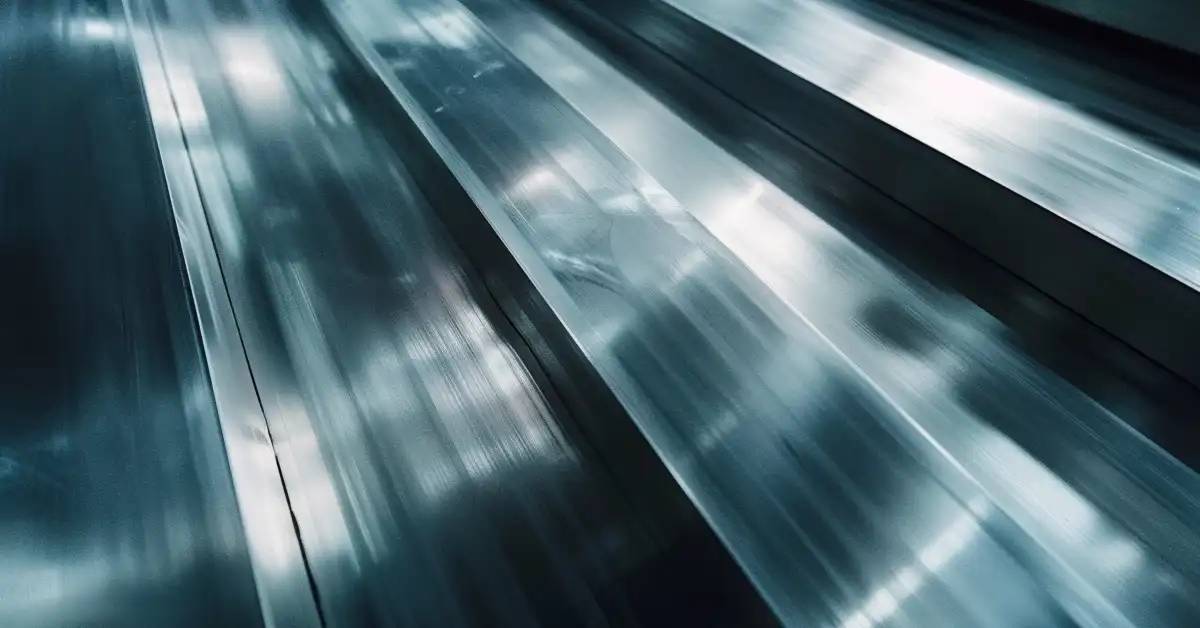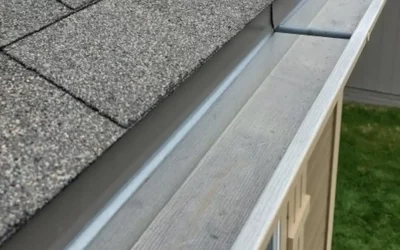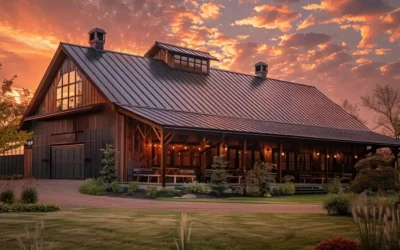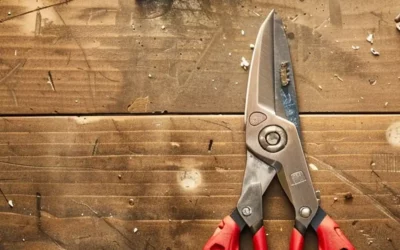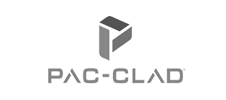Metal roofing has garnered widespread acclaim for its durability, energy efficiency, and aesthetic appeal. Residential and commercial buildings and the backbone of this roofing system lies in the manufacturing process. Materials like 24 and 22-gauge steel undergo intricate treatments to become sturdy components that shield structures from the elements. In this article, we delve into the manufacturing journey of painted steel, exploring its significance in fabricating various metal roofing elements, including roof metal, metal roof trim, soffit, and fascia metal, as well as gutters and downspouts.
Understanding 24 and 22 Gauge Steel: Before delving into the manufacturing process, it’s crucial to grasp the materials involved. Gauge denotes the thickness of the steel, with lower gauge numbers representing thicker sheets. 24 and 22-gauge steel are commonly utilized in roofing due to their balance of strength and flexibility. While 24-gauge steel is thinner and lighter, suitable for residential roofing, 22-gauge steel offers enhanced durability, making it ideal for commercial or industrial applications.
Surface Treatment: Preparing the Steel
The journey of manufacturing painted steel begins with surface preparation. Raw steel coils undergo meticulous cleaning to eliminate impurities, oils, or contaminants that could compromise paint adhesion. This step is vital for ensuring uniform paint coverage and long-lasting performance.
Once cleaned, the steel undergoes a series of treatments to enhance its corrosion resistance and promote paint adhesion. This may include processes such as phosphating or chromating. It creates a thin layer of chemical conversion coating on the steel surface. These coatings shield the steel from rust and provide a receptive surface for subsequent layers of primer and paint.
Primer and Paint Application: Adding Color With the surface properly prepared, the steel is ready to receive its first layers of protection. A primer coat is applied to further enhance corrosion resistance and promote adhesion between the steel substrate and the topcoat. The choice of primer depends on factors such as the expected environmental conditions and the type of paint system used.
Once primed, the steel moves to the painting stage, where it receives its final aesthetic finish. High-quality, durable paints explicitly formulated for exterior applications to ensure long-term performance and color retention. These paints may consist of multiple layers, including a base coat for color consistency and one or more topcoats to protect against UV radiation, abrasion, and weathering.
Design Options: Customization and Innovation
One of the key advantages of manufacturing painted steel for roofing components is the ability to customize the finish to meet the unique preferences of architects, builders, and homeowners. From classic neutrals to bold hues, a vast array of color options is available to complement any architectural style or design vision.
In addition to color customization, manufacturers often offer various finishes, textures, and patterns to add depth and dimension to metal roofing components. Options such as matte, gloss, or reflective finishes allow for creative expression while maintaining the durability and performance of the steel.
Fabricating Roofing Components: Precision Engineering
Once painted steel coils are ready, they undergo precision fabrication to transform them into the diverse range of roofing components required for installation. Advanced cutting, bending, and forming techniques ensure dimensional accuracy and consistency across each element, facilitating seamless assembly and installation on-site.
Roof Metal: The Backbone of the System
Roof metal, also known as roofing panels or sheets, forms the primary covering of the roof assembly. Manufactured from painted steel, these panels offer structural support and weather protection while contributing to the overall aesthetic appeal of the building. Available in various profiles and configurations, roof metal provides architects and builders with flexibility in design and functionality.
Metal Roof Trim: Enhancing Performance and Appearance Metal roof trim serves a crucial role in sealing joints, edges, and transitions, ensuring a watertight and visually appealing finish. Components such as ridge caps, eave trim, and flashing are fabricated from painted steel to match the color and style of the roofing panels while providing essential protection against leaks and wind uplift.
Soffit and Fascia Metal: Completing the Look
Soffit and fascia metal play a dual role in enhancing the aesthetics and functionality of the roofline. Soffit panels, installed underneath the eaves, provide ventilation and prevent moisture buildup in the attic space, while fascia panels cover the exposed edges of the roof, creating a polished appearance and protecting against water intrusion.
Gutters and Downspouts: Channeling Water Away Finally, gutters and downspouts complete the roofing system by efficiently channeling rainwater away from the building’s foundation. Fabricated from painted steel, these components are designed to withstand heavy rainfall and resist corrosion, ensuring long-term performance and structural integrity.
Conclusion: Manufacturing Painted Steel for Metal Roofing
In the realm of metal roofing, the manufacturing process blends artistry and precision engineering, transforming raw materials into durable and visually stunning components. Painted 24 and 22-gauge steel serve as the foundation for these components, providing the strength, protection, and customization options demanded by architects, builders, and homeowners alike. With advanced technologies and innovative design options, the future of metal roofing holds endless possibilities for creating sustainable, resilient, and aesthetically pleasing buildings.



